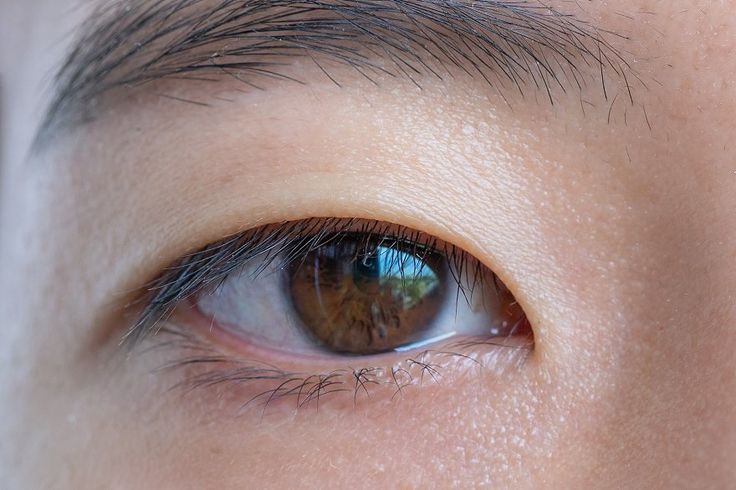When to Take Visual Disturbances Seriously
Noticing sudden flickers of light or wispy specks drifting across your vision? While floaters and flashing lights are relatively common, especially with age, they can sometimes signal changes in the retina that require immediate attention.
At London Eye & Retina, we take these symptoms seriously. A timely eye examination can help determine whether what you’re seeing is harmless, or a sign of something that needs treatment.
What Are Floaters?
Floaters are small, shadowy shapes that drift across your field of vision. They may appear as:
- Specks or dots
- Cobweb-like strands
- Transparent blobs or rings
They are most noticeable when looking at a bright, uniform background like a blue sky or white wall. Floaters occur when the clear gel inside the eye (the vitreous) starts to shrink or clump with age, casting shadows on the retina.
What Causes Flashing Lights?
Flashes of light, especially in the peripheral (side) vision, can resemble flickering, lightning streaks, or sparkles. These occur when the vitreous tugs on or stimulates the retina.
Common causes include:
- Posterior vitreous detachment (PVD) – a natural age-related separation of the vitreous from the retina
- Migraine aura – which may cause zigzag patterns or flashing lights, often followed by a headache
- Retinal tears or detachment – which may begin with flashes and floaters and can lead to vision loss if untreated
Not all flashes are dangerous, but some are urgent. The key is knowing when to seek medical advice.
When Are Floaters and Flashes a Concern?
While floaters and flashes are common in healthy aging eyes, you should see an eye specialist promptly if you experience:
- A sudden increase in floaters
- New flashing lights in one eye
- A “curtain” or shadow over part of your vision
- Blurred or reduced vision
- Floaters that appear after trauma or injury
These could indicate a retinal tear or detachment, which may require urgent treatment to preserve vision.
What Happens During an Eye Examination?
At London Eye & Retina, we perform a thorough assessment to rule out serious conditions. This may include:
- Dilated eye exam – to view the retina in detail
- Slit-lamp biomicroscopy – for examining the vitreous and retinal surface
- Indirect ophthalmoscopy – to check for peripheral retinal tears or detachment
- Ocular imaging (e.g. OCT or B-scan) if needed
If a retinal tear or early detachment is detected, early intervention can help prevent permanent vision loss.
What Are the Treatment Options?
Treatment depends on the cause and severity of your symptoms.
- No treatment may be needed for benign floaters or stable PVD
- Laser treatment (retinopexy) may be used to seal a retinal tear
- Vitrectomy surgery may be considered for dense floaters that interfere with daily function
- Urgent surgery is required in cases of retinal detachment to preserve central vision
We will guide you through every step, from diagnosis to management, with a focus on personalised care and clear communication.
Living with Floaters
If your floaters are stable and not caused by an underlying issue, they often become less noticeable over time as the brain adapts. However, it’s still important to monitor your vision and report any sudden changes.
When in Doubt, Check It Out
If you’ve recently noticed flashes or a change in your floaters, don’t assume it’s part of normal aging. Some changes may be harmless, but others can be sight-threatening if ignored.
Book a retinal evaluation at London Eye & Retina today. It’s the safest way to get peace of mind, and protect your vision.
Sudden Visual Changes? Let’s Take a Closer Look


